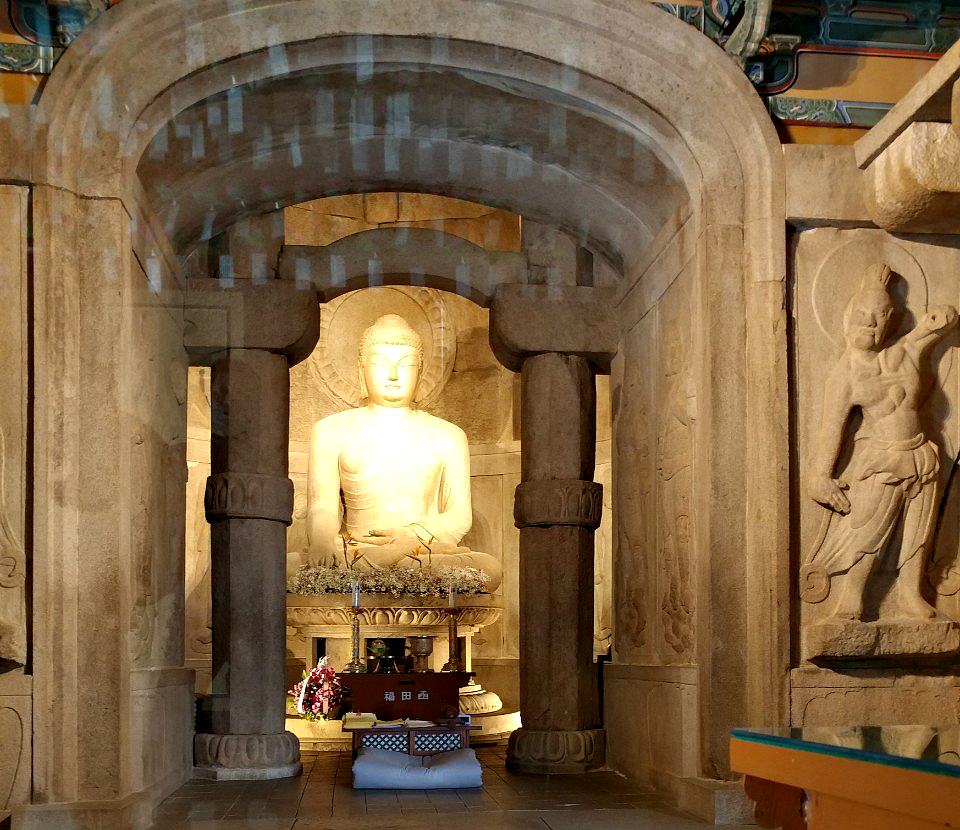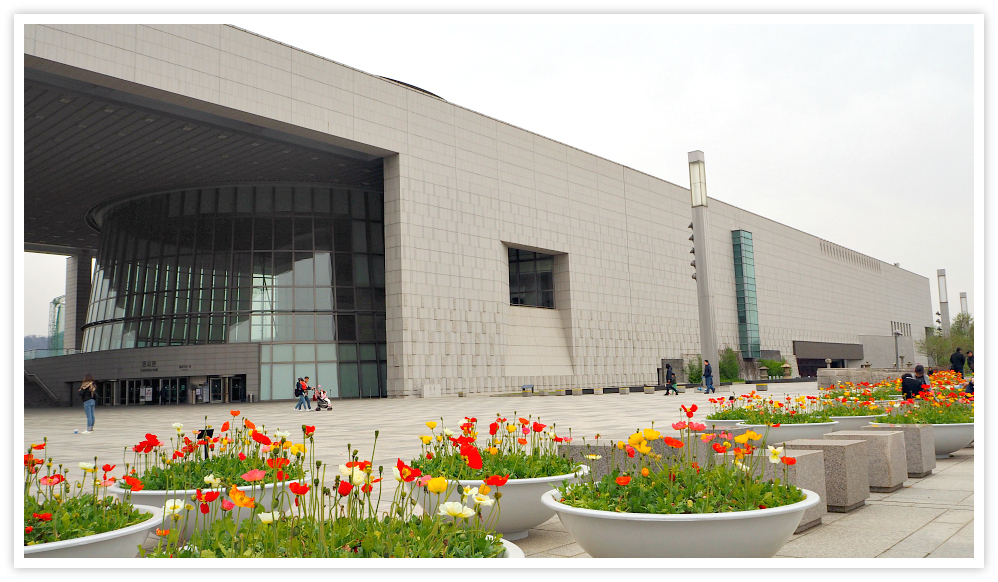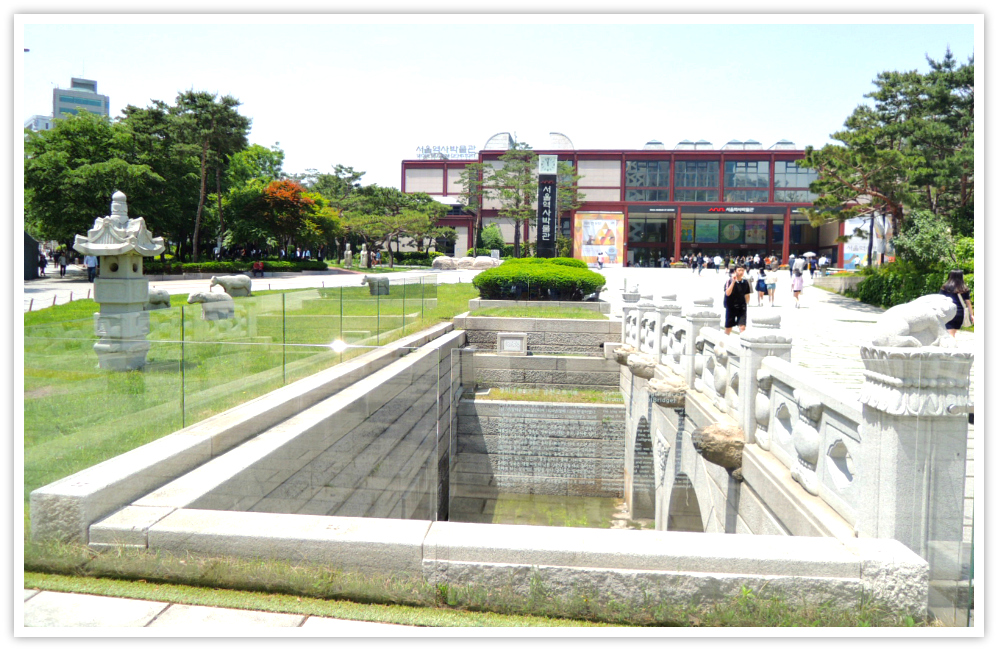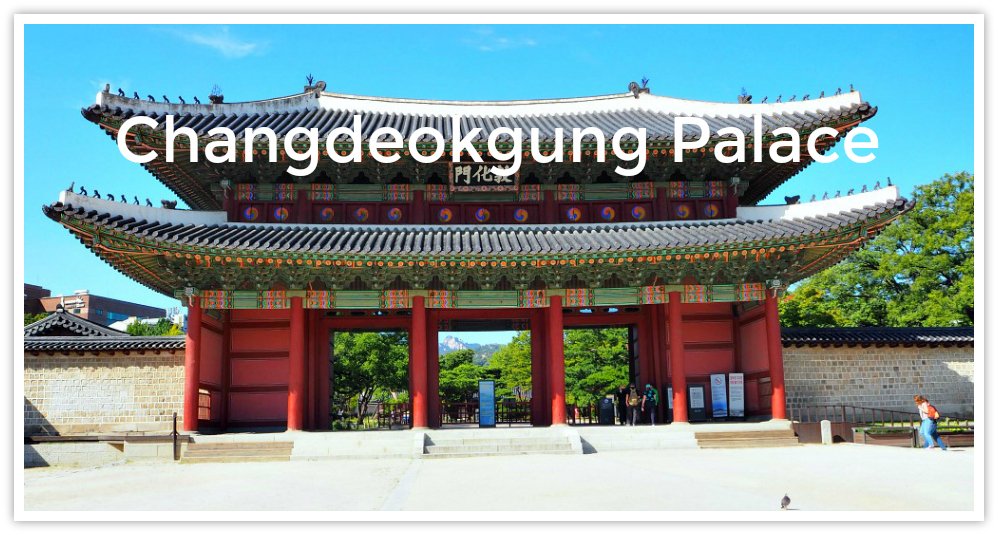Exciting Myogaksa Temple In Seoul
 Seokguram - Stone Buddha Statue in Gyeongju
Seokguram - Stone Buddha Statue in GyeongjuMyogaksa Temple In Seoul
Myogaksa Temple is a Korean Buddhist temple in the heart of downtown Seoul, South Korea, in the Jongro District, nestled on the east side of Naksan Mountain.
It houses the administrative headquarters of the Gwaneum Order of Korean Buddhism. It is close to the Dongmangbong Peak, Naksan Park, Donggwanmyo Shrine, and Dongdaemun Market.
This temple has been designated as a specialized center for Temple Stay programs since the 2002 World Cup.
It has preserved the oldest tradition of Temple Stay programs and provided participants with an opportunity to experience the life of Buddhist practitioners. Through stories told by monks, participants can learn about various aspects of Korean Buddhist culture and history.
I. Introduction
A. Definition of Myogaksa Temple
B. Location of Myogaksa Temple
II. History of Myogaksa Temple
A. Establishment of Myogaksa Temple
B. Geomantic principle of Myogaksa Temple
III. Structures of Myogaksa Temple
A. Daebulbojeon
B. Wontongbojeon
C. Nakga Seon Center
D. Seokguram
E. Mountain God Shrine
F. Avalokitesvara image
IV. Temple Stay program of Myogaksa Temple
A. Designation as a temple specializing in Temple Stay programs
B. Oldest tradition of Temple Stay programs
C. The opportunity provided by the program
D. Learning opportunities of the program
V. Conclusion
A. Recap of the Myogaksa Temple
B. Importance of preserving the tradition
 Naksan Mountain, Seoul, South Korea
Naksan Mountain, Seoul, South KoreaIntroduction
Myogaksa Temple in Seoul is a Buddhist temple in the heart of downtown Seoul, South Korea, in the Jongro District.
The temple is on the east side of Naksan Mountain and serves as the administrative headquarters of the Gwaneum Order of Korean Buddhism.
It is near several popular attractions, such as Dongmangbong Peak, Naksan Park, Donggwanmyo Shrine, and Dongdaemun Market.
Historical Background
Myogaksa is a Buddhist temple situated on the northeastern edge of Mt. Naksan in Seoul, South Korea. The temple was founded in May 1942 by Venerable Taeheo Hongseon, who believed that building a temple here would bring peace and tranquility to the city's residents.
Myogaksa has played a significant role in the spiritual and cultural life of the local community for over 70 years.
According to traditional geomantic principles, Mt. Naksan corresponds to a land formation known as the "blue dragon on the left" in relation to Seoul.
This mystical alignment is believed to have a powerful influence on the energy and balance of the surrounding environment.
It is not uncommon for temples and other sacred sites to be built in locations that correspond to auspicious geomantic alignments, such as mountains, rivers, and other natural landmarks.
Myogaksa is famous for its beautiful architecture, serene gardens, and magnificent views of the city. Visitors to the temple can explore the various temples and shrines, including the main hall, which houses a statue of Buddha and other important relics.
The temple also offers meditation classes and other spiritual programs for those seeking inner peace and enlightenment.
Overall, Myogaksa Temple in Seoul is a must-visit destination for anyone interested in Korean culture, religion, and history. Its rich heritage and tranquil surroundings make it an ideal place to escape the hustle and bustle of the city and connect with the natural world.
Geomantic principle of Myogaksa Temple
Myogaksa, despite being located in a small residential area, boasts an impressive structural layout that attests to its architectural integrity.
The site features an array of well-crafted structures, including the grand Daebulbojeon and Wontongbojeon, the serene Nakga Seon Center, the exquisite Seokguram, the sacred Mountain God Shrine, and a magnificent Avalokitesvara image that is beautifully carved into the mountain cliff.
These structures serve as a testament to the site's rich cultural heritage and create a tranquil and awe-inspiring atmosphere that visitors can appreciate.
Structures of Myogaksa Temple
Myokgaksa Temple in Seoul is known for its various religious artifacts and structures that stood through time and being revered by believers and guests.
A. Daebulbojeon - houses a giant Buddha statue
B. Wontongbojeon - another example of this is the temple in Gyeongsangbuk-do that houses several rare Buddhist relics.
C. Nakga Seon Center - a Seoul meditation center that offers numerous spiritual growth and development programs.
D. Seokguram - similar to a grotto in Gyeongju City that features a beautiful Buddha statue carved into the rock
E. Mountain God Shrine
F. Avalokitesvara image - a stunning statue of the Bodhisattva of Compassion
Temple Stay program of Myogaksa Temple
The Myogaksa Temple in Seoul is renowned for its Temple Stay program, which offers an immersive experience for visitors to learn about traditional Buddhist practices.
The temple has been officially designated as a temple specializing in Temple Stay programs and has the country's oldest tradition of such programs.
Through this program, visitors get a unique opportunity to learn about Buddhist culture, history, and traditions and participate in meditation, chanting, and other rituals and ethics.
The program provides various learning opportunities, including lectures on Buddhism, tea ceremonies, and calligraphy classes.
More Activities
Myogaksa provides two types of Temple Stay programs. The first option is an overnight program in which participants spend two days and one night experiencing the life of a Buddhist practitioner.
The second is a daylong cultural program called "Laying Down My Mind."
Various program activities are available for participants, depending on their age, personal preference, and the time they would like to spend at the temple. These activities include:
- 108 Yeomju (Prayer Beads) Making: Participants can make a rosary by threading 108 beads one by one, followed by one prostration for each threading.
- Experience of Bell-striking: Participants can join the temple bell-striking ceremony during the quiet and still hours of dawn and evening.
- Dawn Trekking at Naksan Park: Participants can take a short hike behind the Mountain Spirit Shrine to promote reflection on oneself.
- Dado (Tea Ceremony): Participants can experience the gratitude and preciousness of having tea and a little fruit after finishing the group work and breakfast.
The tea ceremony has a challenging and complex decorum. It helps enable participants to experience the non-duality of tea and Seon (Zen), namely one of the supreme stages of Buddhist practice.
- Gongyang (Temple's Mealing)
- Meditation
- Predawn Buddhist Service
Conclusion
Recap of the serene and beautiful Myogaksa Temple, located in the heart of Seoul, South Korea, known for its stunning architecture and peaceful atmosphere.
Emphasis on the crucial significance of preserving the rich cultural traditions that the Myogaksa Temple represents to ensure that future generations can continue to appreciate and benefit from this unique and valuable heritage.
How to get to Myogaksa Temple
If you're planning to visit Myogaksa Temple and wondering about the transportation options, then you can opt for the following ways:
By Bus: You can take a bus to Myogaksa Temple from the nearby bus stops. Check the bus routes and timings to plan your journey accordingly.
- Public Bus: 111
- Blue Bus: 101, 103, 105, 144, 152, 201, 260, 262, 270, 370, 420, 720, 721, N13, N15, N26, N30
- Green Bus: 2112, 2233
- Non-stop Bus: 9301
- Red Bus: 9403
- Airport Bus: 6002
By Subway: Another option is to take a subway to Myogaksa Temple station and walk towards the temple. Go to Exit 2 at Dongmyongap Station, Subway Line #1 or #6.
By Taxi: You can also hire a taxi to the temple. Inform the taxi driver about the temple's location, and they will take you there safely. Give this Korean text to the driver: 묘각사 (Myogaksa Temple). I'm sure they all know this temple and they can use their navigator.
Contact Details:
- Address : 31, Jongno63ga-gil, Jongnogu, Seoul
- Tel : 82-2-763-3109 / Fax : 82-2-763-3305
- Email: myogaktemple@naver.com
Cultural Corps of Korean Buddhism
- 4F Templestay Center, 56, Ujeongguk-ro, Jongno-gu, Seoul, South Korea
- Tel: 82-2-2031-2000
- Fax: 82-2-732-9928
- Email: support@templestay.com
- Home
- Temples in South Korea
- Myogaksa Temple in Seoul
Get Exciting Activities
Book one of our exciting activities today to experience the thrill of a lifetime! Take advantage of this opportunity and secure your spot in advance.
Hotel Map Guide
Find your affordable, accessible, and comfortable hotel in Seoul at Agoda.Com. See the hotel map below...
Hotel Booking Guide
Find affordable and amazing hotels on Agoda.com using the search box below. Book now to enjoy great discounts and save!







New! Comments
What do you think about this page? Leave me a comment in the box below.